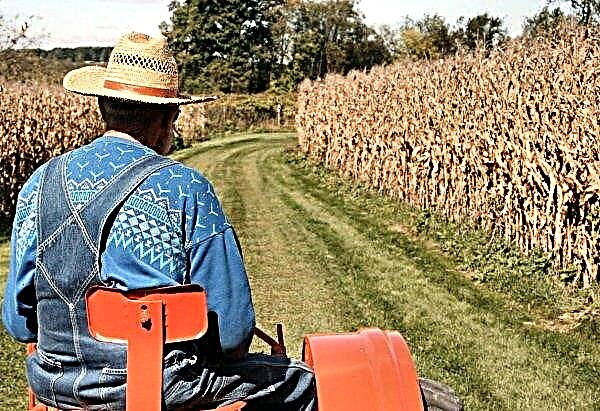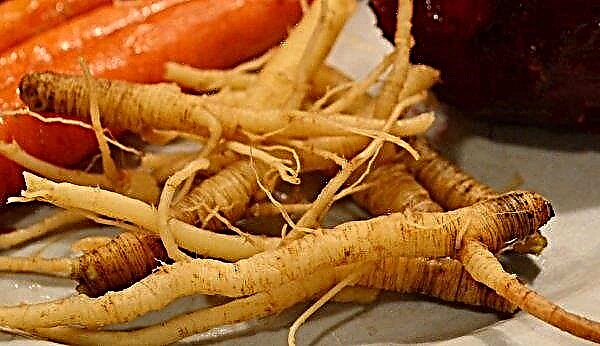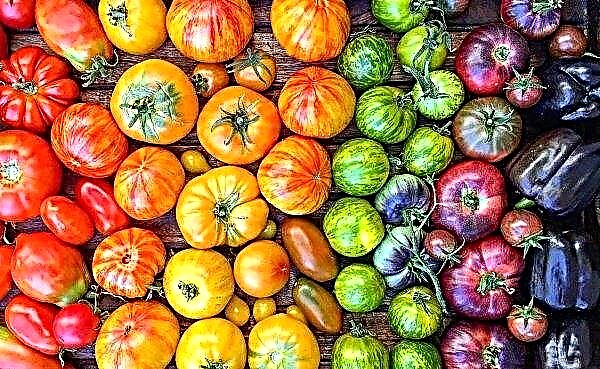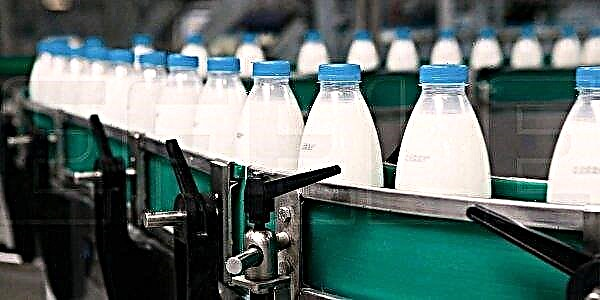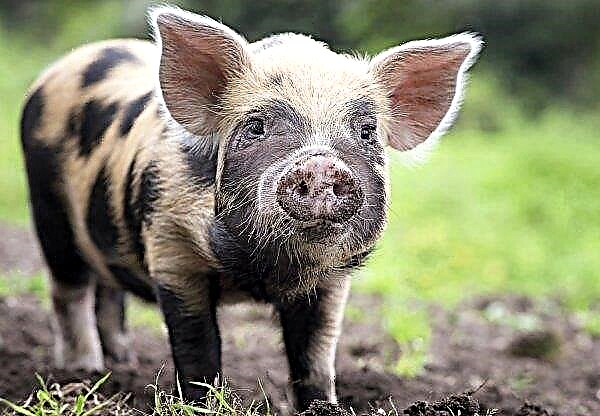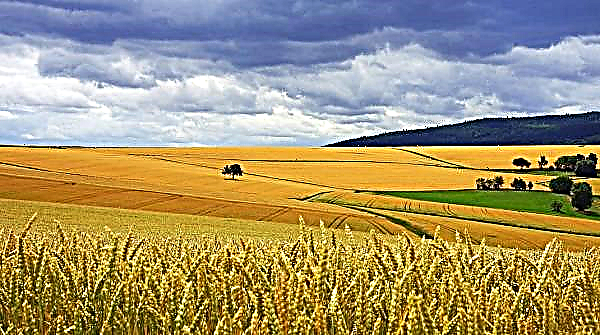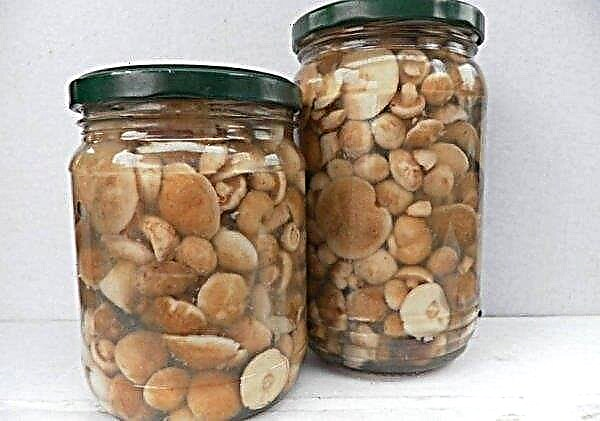Tomato Summer resident belongs to those universal and absolutely unpretentious varieties of tomatoes that may interest even novice gardeners who have never been engaged in the cultivation of these vegetables in their beds before. Moreover, this variety, thanks to its characteristics, grows well not only in open ground or greenhouses, but also on ordinary window sills, showing good harvest results.
History of Variety Breeding
The Dachnik tomato variety was bred in the mid-90s of the last century, thanks to the selection work of the vegetable growing group of the All-Russian Scientific Research Institute (VNII) under the direction of N.S. Gorshkova, and in 1999 it was registered in the State Register of the Russian Federation. The right to use this variety belonged to the agricultural company “Search”, headed by Rustam Bekov.
Important! The ratio of the commodity yield of tomatoes to the total number of fruits varies within 75–100%.
However, today such tomatoes are used in the sale by many seed producers. Initially, Dachnik was zoned exclusively in the North Caucasus, but later they began to grow it in different parts of Russia, to Siberia itself, where these tomatoes also proved to be positive.
Characterization and description of the variety
Tomatoes Dachnik belong to the determinant varieties, the height of which does not exceed 50 cm in open ground and about 60–70 cm in greenhouses. Bushes have medium branching, have a small number of leaves. The best yield is achieved under conditions of growing bushes in 3-4 stems. The summer resident is unpretentious, resistant to many diseases and a high level of ovarian formation, regardless of weather conditions.
Productivity
The summer resident belongs to early ripening varieties of tomatoes, the first fruits of which can be obtained already on the 90th day after emergence, but on average, the ripening period ranges from 95 to 115 days. A sufficiently high yield favorably distinguishes these tomatoes from other early varieties. From one bush you can get up to 3 kg of tomatoes, and with proper care, this figure can increase to 4 kg.
Did you know? Tomatoes are often used in all kinds of protests in different countries of the world, for which they are called "non-lethal weapons."
Description of the fetus
Among the main features of the fruits of this variety, the following characteristics are noted:
- Tomatoes have a standard flat-circular shape without ribs;
- during ripening, tomatoes acquire a bright red color;
- the fruits have a juicy, dense pulp and a thin but dense skin;
- the weight of the fetus varies from 70 to 85 g;
- one tomato contains 3.3% sucrose and about 17 mg of ascorbic acid per 100 g of pulp of the fruit, which gives the characteristic tomato taste a slight acidity;
- tomatoes can be consumed both fresh and used in conservation;
- the ripening process of tomatoes is uneven, which makes it possible to collect a small amount of tomatoes for a long period.

Advantages and disadvantages of the variety
- The wide popularity of Dachnik tomatoes is due to the following advantages:
- have early ripening;
- differ in resistance to many diseases and unpretentiousness in leaving;
- have stable yield indicators, despite the weather and climatic conditions of different regions;
- sufficiently well stored and suitable for transportation;
- do not require pinching.
- The disadvantages of this variety are very minor:
- the need for tying bushes, which is due to insufficient strength of the branches;
- standard taste characteristics that are not delicate.
Acceptable timing for growing
Variety of tomatoes Summer resident is grown in seedlings, which is why it is first of all necessary to determine the timing of sowing seeds. Experienced gardeners noted a rapid transition of these tomatoes to the flowering phase, and therefore, when growing tomatoes in open ground, it is not recommended to plant seeds too early - the best period is the end of March.
Important! A positive effect on the growth and development of tomatoes has ash, which is either applied with the main watering (a few pinches per 10 liters of water), or sprinkled around the bush.
The standard period for the growth and development of seedlings is considered to be 50-60 days, after which it can be transplanted to a permanent place. However, even in this case, you should make sure that the earth has already warmed up enough and no frost is expected.
Features of growing varieties
Tomatoes Dachnik are very unpretentious in care and require standard procedures for sowing seeds and growing seedlings, which will provide healthy and well-developed bushes in the future, and, accordingly, a rich harvest.
Growing seedlings
Tomato seeds for seedlings are sown in a container with loose soil, equipped with drainage holes. After sowing, the container is covered with a film or glass, which create the effect of a greenhouse. At the same time, the ambient temperature should be at the level of +23 ... + 25 ° С. During the first week, the first shoots appear - during this period, to prevent the development of rot, the film is removed from the container. At this stage of seedling growth, the main factors for proper development are a large amount of lighting and the required temperature regime - in the first week the temperature is lowered to + 15 ° C, and then the daytime temperature can fluctuate between +20 ... + 24 ° C, night - +11 ... + 13 ° С. The first sprouts of seedlings need a pick, during which the main root remains without pinching, which will help in the growth of the root system.
At this stage of seedling growth, the main factors for proper development are a large amount of lighting and the required temperature regime - in the first week the temperature is lowered to + 15 ° C, and then the daytime temperature can fluctuate between +20 ... + 24 ° C, night - +11 ... + 13 ° С. The first sprouts of seedlings need a pick, during which the main root remains without pinching, which will help in the growth of the root system.
Did you know? The first tomatoes that were delivered to Europe had a bright-yellow, for which they received the name pomo d'oro, which is translated from Italian «Golden Apple».
The rapid pace of seedling development requires the introduction of additional nutrients into the soil, which are introduced already on the 10th day after the seedlings are transplanted. As a top dressing, you can use ready-made purchased mixtures or mix urea (4 g), superphosphate (30 g), potassium sulfate (10 g) yourself and dilute in 10 l of water. Fertilizers must be applied to the soil with watering.
Tillage for planting seedlings
The main stages of the process of preparing the land for tomato seedlings are carried out after harvesting - in late August or early September. At this time, future beds should be cleared of accumulated plant and mechanical debris, carefully dig the ground (to a depth of 20-25 cm) and make the necessary organic fertilizers in the soil:
- compost;
- wood ash;
- humus.
 In the spring, shortly before the proposed planting, top dressing is again applied to the ground (mineral fertilizers are used). Also, 10 days before planting seedlings, the soil on the beds, for disinfection, is poured with boiling water and covered with a film.
In the spring, shortly before the proposed planting, top dressing is again applied to the ground (mineral fertilizers are used). Also, 10 days before planting seedlings, the soil on the beds, for disinfection, is poured with boiling water and covered with a film.Seedling Planting Technology
The process of planting seedlings at a permanent place is carried out at the age of 50-60 days. Having low bushes, such tomatoes can be planted quite densely - 7-8 plants can be placed on 1 m². The root system of tomatoes of this variety is also small, which allows you to prepare shallow holes on the beds for seedlings. The distance between the holes should not exceed 20 cm. Planting is best done in the absence of bright sunlight.
For example, in cloudy weather or in the evening, which will allow the sprouts to take root more quickly in a new place. Organic fertilizers (manure, humus) are introduced into the prepared wells and watered abundantly. Immediately after planting is completed, seedlings are mulched using sawdust, leaves and humus - this process reliably protects plants from overheating and drying out, as well as from possible frost on the soil.
Video: planting tomato seedlings
Features of tomato care Summer resident
Despite the general unpretentiousness, the summer resident, like many varieties of tomatoes, is very responsive to care, which immediately affects the quality and quantity of the crop. The result of following several basic rules of agricultural activities will be the guarantee of obtaining a large number of juicy and sweet tomatoes.
Watering Rules
Determining the norms for watering tomatoes, it should be understood that an excess of moisture for these plants is as destructive as its lack. In the absence of rain, tomatoes are watered only 1 time per week, but plentifully. It is best to use standing water for such purposes, at a temperature of +20 ... + 23 ° C. It is necessary to ensure that the water is poured directly under the root of the bush, without getting on the leaves. Since this can provoke the formation of putrefactive diseases. An important period in the development of tomatoes is the stage of ovaries and the formation of the fetus - it is at this time that the plant requires more frequent watering, since the lack of moisture can lead to loss of yield.
Since this can provoke the formation of putrefactive diseases. An important period in the development of tomatoes is the stage of ovaries and the formation of the fetus - it is at this time that the plant requires more frequent watering, since the lack of moisture can lead to loss of yield.
Top dressing
To improve the growth and development of tomato bushes, as well as to obtain a rich harvest, it is recommended to systematically fertilize the soil. Feeding every 2-3 weeks is considered an ideal option, but you can get by with a minimum quantity of 3 times for the entire season. As fertilizers, an alternation of organic (for example, bird droppings) and mineral fertilizers (with a minimum amount of nitrogen content) is used.
Pasynkovka and formation of a bush
Pasynkovka is not obligatory for this variety of tomato, which is a great advantage for many gardeners, especially with mass planting. However, this process is not contraindicated, and if there is free time, you can clear the bush of extra stepchildren, leaving several main stems - this will accelerate the ripening of the fruits and increase their size. Despite the low bushes, the summer resident needs to be tied up. Since the stems are not strong enough and often, under the weight of the fruit, break off or “lie down” on the ground. For this purpose, pre-prepared stakes are most often used, which are driven in at a distance of 10 cm from the bush, a depth of about 40 cm, the first garter is carried out immediately after planting and rooting the seedlings and further as they grow.
Since the stems are not strong enough and often, under the weight of the fruit, break off or “lie down” on the ground. For this purpose, pre-prepared stakes are most often used, which are driven in at a distance of 10 cm from the bush, a depth of about 40 cm, the first garter is carried out immediately after planting and rooting the seedlings and further as they grow.
Soil cultivation and weeding
The soil in which the bushes of tomatoes grow is a source of nutrition for the main part of the plant - the root system, and therefore the land on the beds needs constant and timely care.
The most effective methods are:
- weed weeding process - a mandatory procedure for removing weed roots from the soil in which tomatoes grow, which allows you to save all the nutrients and moisture in the soil for the development and growth of tomatoes;
- loosening process - a procedure by which the soil under the tomatoes is enriched with oxygen and retains moisture well.

Grade Diseases and Pests
Tomatoes of the Dachnik variety are quite resistant to a number of basic diseases (such as fusarium, late blight and apical rot), as well as various insects. As an early and cold-resistant variety, tomatoes ripen faster than the plant can get sick. However, some gardeners recommend a preventive treatment of plants, in which the entire aboveground part of the bush is sprayed.
Basic rules for the collection and storage of crops
Depending on the expected storage period, the stage of tomato maturity is selected based on the color of the fruits:
- green color - assumes the longest storage time;
- brown color - the middle stage of storage;
- pink or red - the ability to store no more than 7-9 days.
To increase the duration of storage, unwashed, dry tomatoes are used without visible damage, which are folded into drawers with lids, with mandatory air access. The room temperature should vary between +3 ... + 5 ° С. In general, the tomato variety Dachnik is absolutely unpretentious in maintenance, and the requirements for caring for it are minimal. With a large number of advantages, this variety is often selected by beginner gardeners, and is also grown at home on window sills.
In general, the tomato variety Dachnik is absolutely unpretentious in maintenance, and the requirements for caring for it are minimal. With a large number of advantages, this variety is often selected by beginner gardeners, and is also grown at home on window sills.

